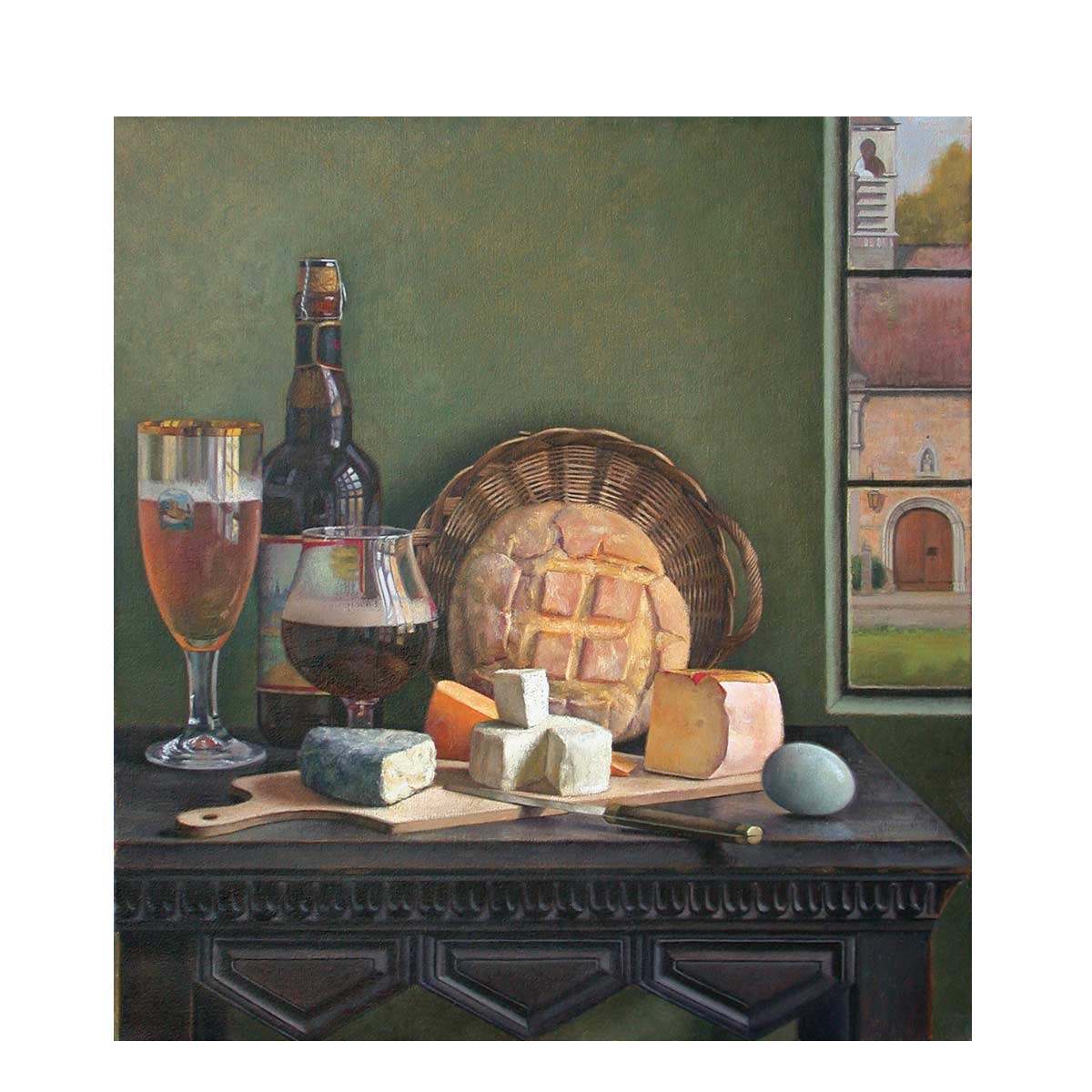This content has been archived. It may no longer be relevant
The universe unfolds in God, who fills it completely. Hence, there is a mystical meaning to be found in a leaf, in a mountain trail, in a dewdrop, in a poor person’s face.
The ideal is not only to pass from the exterior to the interior to discover the action of God in the soul, but also to discover God in all things.
Saint Bonaventure teaches us that “contemplation deepens the more we feel the working of God’s grace within our hearts, and the better we learn to encounter God in creatures outside ourselves.”
Saint John of the Cross taught that all the goodness present in the realities and experiences of this world “is present in God eminently and infinitely, or more properly, in each of these sublime realities is God.”
This is not because the finite things of this world are really divine, but because the mystic experiences the intimate connection between God and all beings, and thus feels that “all things are God.”
Standing awestruck before a mountain, he or she cannot separate this experience from God, and perceives that the interior awe being lived has to be entrusted to the Lord:
“Mountains have heights and they are plentiful, vast, beautiful, graceful, bright and fragrant. These mountains are what my Beloved is to me.
“Lonely valleys are quiet, pleasant, cool, shady and flowing with fresh water; in the variety of their groves and in the sweet song of the birds, they afford abundant recreation and delight to the senses, and in their solitude and silence, they refresh us and give rest. These valleys are what my Beloved is to me” (Cantico Espiritual, XIV, 5.)
The Sacraments are a privileged way in which nature is taken up by God to become a means of mediating supernatural life. Through our worship of God, we are invited to embrace the world on a different plane.
Water, oil, fire and colors are taken up in all their symbolic power and incorporated in our act of praise.
The hand that blesses is an instrument of God’s love and a reflection of the closeness of Jesus Christ, who came to accompany us on the journey of life. Water poured over the body of a child in Baptism is a sign of new life.
Encountering God does not mean fleeing from this world or turning our back on nature. This is especially clear in the spirituality of the Christian East.
“Beauty, which in the East is one of the best loved names expressing the divine harmony and the model of humanity transfigured, appears everywhere: in the shape of a church, in the sounds, in the colours, in the lights, in the scents” (John Paul II, Apostolic Letter Orientale Lumen).
For Christians, all the creatures of the material universe find their true meaning in the incarnate Word, for the Son of God has incorporated in his person part of the material world, planting in it a seed of definitive transformation.
“Christianity does not reject matter. Rather, bodiliness is considered in all its value in the liturgical act, whereby the human body is disclosed in its inner nature as a temple of the Holy Spirit and is united with the Lord Jesus, who himself took a body for the world’s salvation” (Ibid.).
It is in the Eucharist that all that has been created finds its greatest exaltation.
Grace, which tends to manifest itself tangibly, found unsurpassable expression when God himself became man and gave himself as food for his creatures.
The Lord, in the culmination of the mystery of the Incarnation, chose to reach our intimate depths through a fragment of matter.
He comes not from above, but from within; he comes that we might find him in this world of ours. In the Eucharist, fullness is already achieved; it is the living centre of the universe, the overflowing core of love and of inexhaustible life.
—Excerpted from Laudato Si, On Care for Our Common Home, the encyclical about the environment, (2015), #233 – 236





